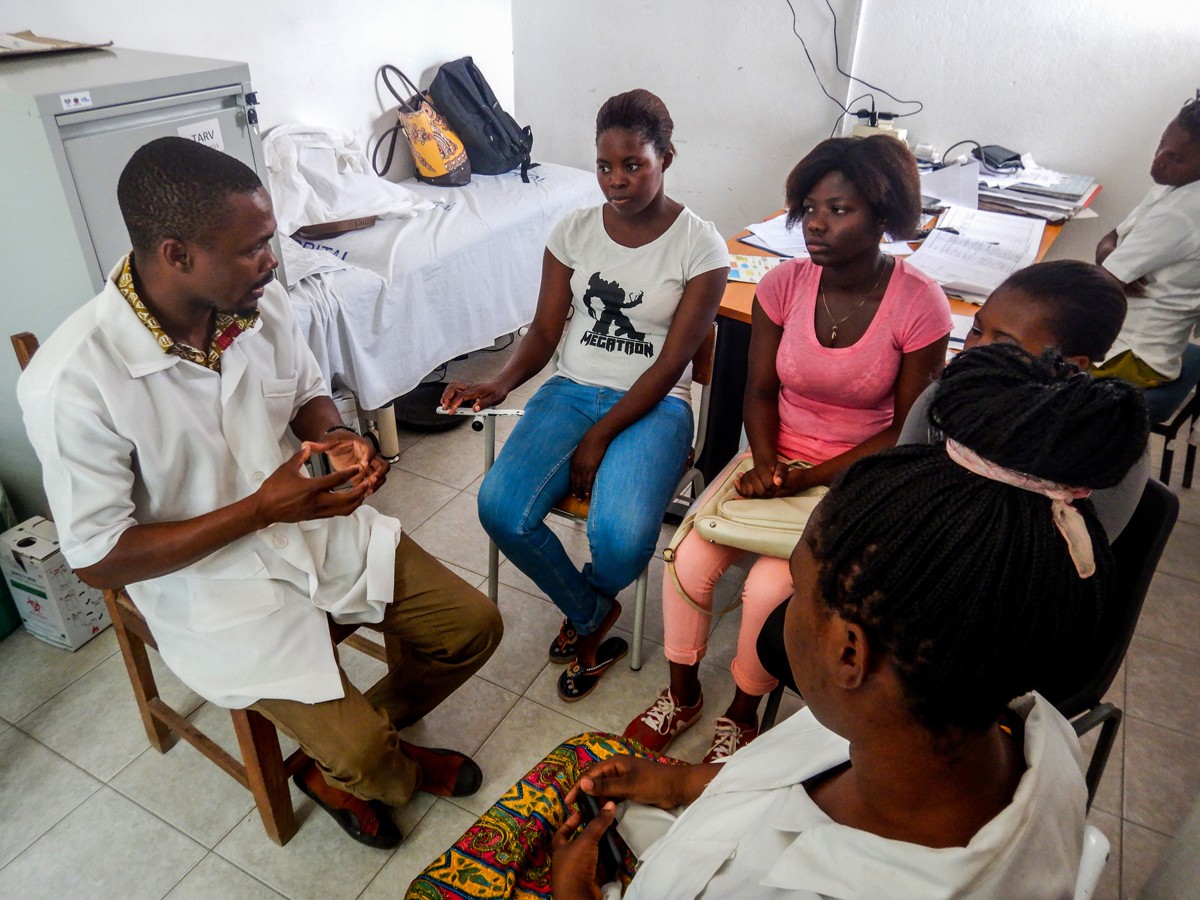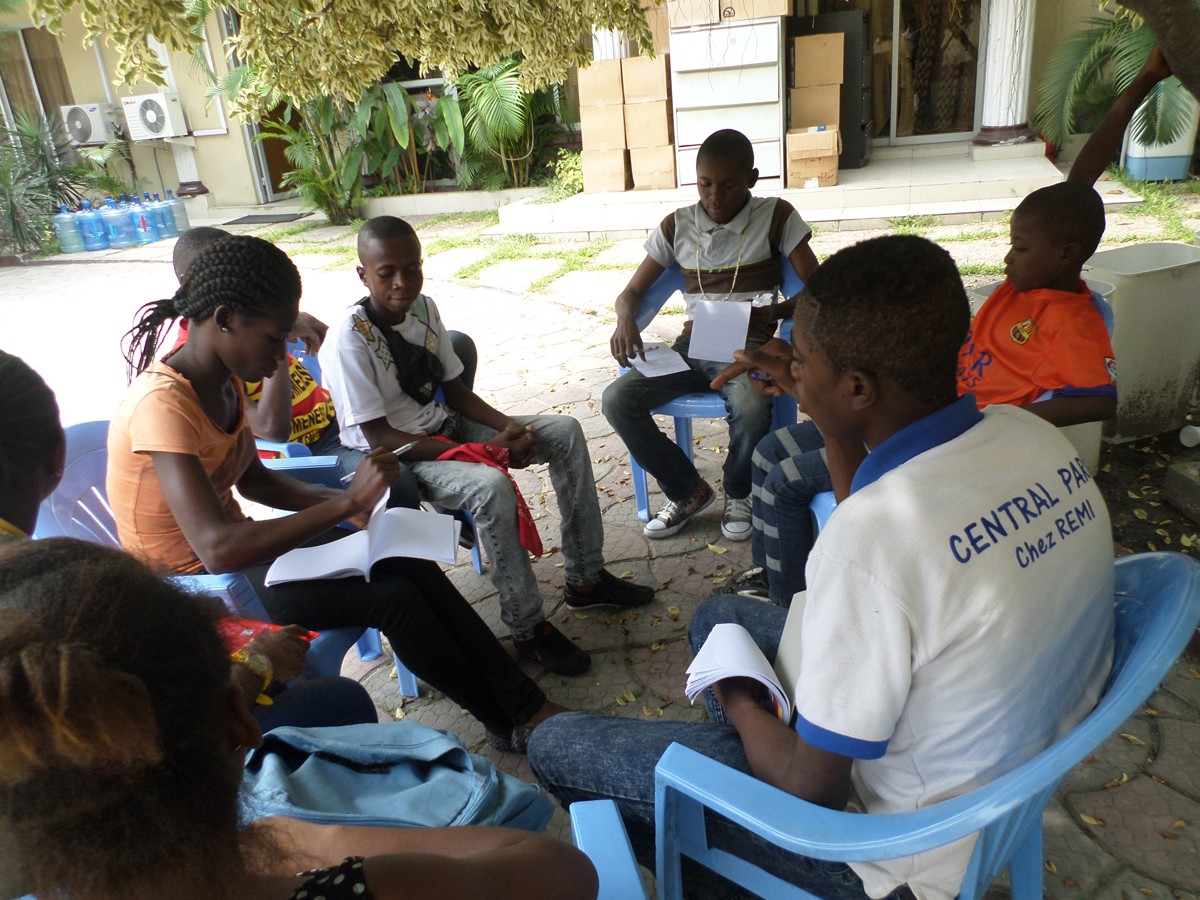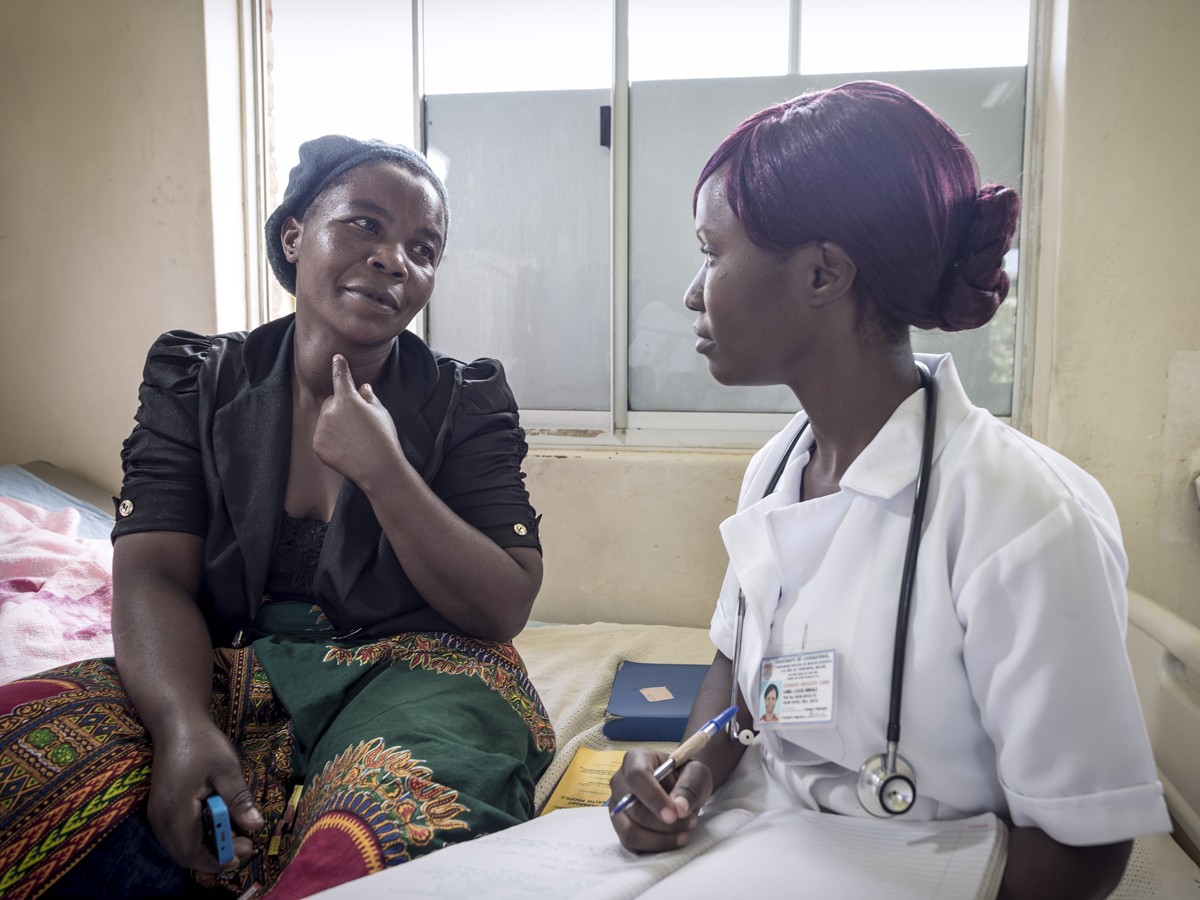Authors:
Aderonke S. Ajiboye, Frehywot Eshetu, Sileshi Lulseged, Yimam Getaneh, Nadew Tademe, Tsigereda Kifle, Rachel Bray, Hailegnaw Eshete, Yohannes Demissie, Clare A. Dykewicz, David Hoos, EPHIA Study Group
Abstract:
Introduction
Youth (adolescents and young adults) aged 15–24 years comprise approximately 22% of Ethiopia’s total population and make up 0.73% of HIV cases in urban Ethiopia. However, only 63% of HIV-positive youth are aware of their HIV status. We describe the HIV testing behaviors of youth 15–24 years and determined the characteristics of those who were most likely to be tested for HIV within the past year.
Methods
Using data from the 2017–2018 Ethiopia Population-based HIV Impact Assessment, we provide survey-weighted estimates and prevalence risk ratios for engagement in HIV testing in the 12 months preceding the survey. We model the likelihood of HIV testing one year or more before the survey compared to never testing, using a multinomial logistic regression model.
Results
Among HIV-negative and unaware HIV-positive youth 15–24 years old (N = 7,508), 21.8% [95% Confidence Interval (CI): 20.4–23.3%] reported testing for HIV in the last 12 months. Female youth [Prevalence Ratio (PR) = 1.6, 95% CI: 1.4–1.8], those aged 20–24 years (PR = 2.6, 95% CI:2.3–2.9), and those ever married (PR = 2.8, 95% CI: 2.5–3.1) were more likely to have tested for HIV within the last year. Adjusting for select demographic characteristics, sex with a non-spousal or non-live-in partner [Relative Risk (RR) = 0.3, 95% CI:0.1–0.8] among males did not increase their likelihood to test for HIV in the prior 12 months. Female youth engaged in antenatal care (RR = 3.0, 95% CI: 1.7–5.3) were more likely to test for HIV in the past year.
Conclusion
The Ethiopian HIV case finding strategy may consider approaches for reaching untested youth, with a specific focus on adolescent males,15–19 years of age. This is critical towards achieving the UNAIDS HIV testing goal of 95% of all individuals living with HIV aware of their status by 2030.








